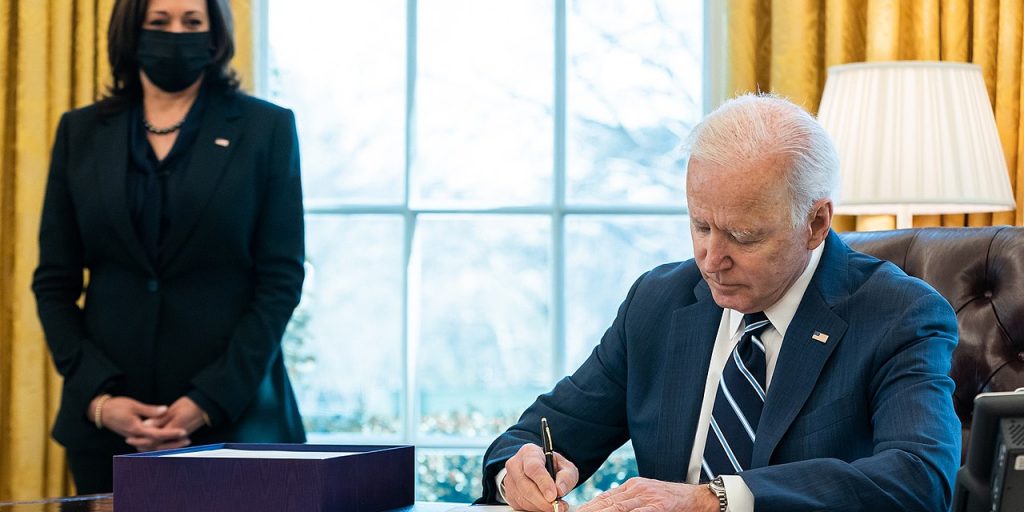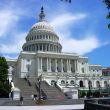Analysis: On second anniversary of the American Rescue Plan’s passage, the future is uncertain
Saturday marked the second anniversary of the American Rescue Plan Act (ARPA), a historic piece of legislation implemented in the pandemic’s wake that injected $350 billion in emergency aid directly to state, local, and tribal governments through the State and Local Fiscal Recovery Funds (SLFRF) program. With years worth of data to analyze, now, the impact of the investment is clear.
“These funds, universally welcomed by local leaders that we interviewed, also created unique tests for local government due to a range of factors,” according to an analysis from the Brookings Institute. Those factors, which affected the more than 30,000 government organizations across the nation that received funding, include “initial uncertainty around Treasury guidelines for the program’s eligible uses; compressed expenditure timelines; a general reluctance to commit funding for operating programs or new staff capacity without future sustainable revenue sources; and a lack of incentives in APRA’s design for collaboration across jurisdictions or even among local partners.”
Varying preferences among disparate parties about how the money was spent and social challenges also abounded, throwing some administrators into a political quagmire that prohibited their ability to nimbly respond to community needs as they arose.
In navigating these hurdles, local officials have used their allotments “for a mix of pandemic recovery, fiscal management, and future-looking initiatives,” the brief continues. Initially devastated by rapidly evolving stay-at-home orders and the public health response, “They dedicated significant portions of their SLFRF dollars to critical public health programming (7% for cities/consolidated city-counties and 14% for counties, which more often manage public health responsibilities) and shoring up internal operations (48% for cities/consolidated city-counties and 37% for counties).”
But while a substantial share of the investment went to bolster local coffers and support pandemic response efforts, many local administrators used the opportunity to paint a vision for the future, diverting money to meet tomorrow’s needs. Communities that already had a long-term strategic plan in place were better positioned for effective and visionary investment. On the other hand, some of those communities that didn’t have a long-term plan used their allotments to create one.
“Both Ramsey and Hennepin counties (surrounding the Twin Cities of Saint Paul and Minneapolis, Minn.) were able to leverage existing economic development plans. Hennepin County designed its SLFRF strategy around seven ‘domains’ for economic development issued in 2013: education, employment, health, housing, justice, transportation, and racism as a public health crisis,” according to Brookings Institute researchers, who surveyed and interviewed many local leaders as a part of the analysis. The brief also pulls spending data from the Local Government ARPA Investment Tracker. “They credit this existing strategy with making them ‘ready for ARPA,’ as they were able to deploy funding to quickly scale up their backlog of shovel-ready projects in these seven areas.”
But as ARPA investments reach their end on the legislation’s second anniversary, the brief notes the future of communities—whether or not they invested in long term initiatives—isn’t certain.
“At this two-year anniversary, ARPA’s long-term impact on our local communities is still speculative. But it’s hard to believe such a large injection of federal funds—and cities’ and counties’ efforts to invest them—won’t result in altered community trajectories in many places, and ultimately, changed conditions and improvements in residents’ quality of life,” the brief says.




















